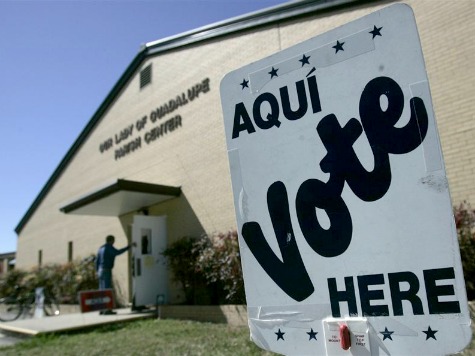California’s new “jungle” primary system does not boost turnout, but does raise participation by independent voters, the Public Policy Institute of California (PPIC) reported Thursday. According to the PPIC’s Eric McGhee, the new system, in which all candidates compete together and the top two advance regardless of party, boosted voting by independents in California in the 2012 election for downticket races–i.e. offices other than president.
The new system is still confusing to many voters–and to political professionals. It may even decrease turnout in specific races: because the “jungle” primary makes it possible for members of the same party to face off in the general election, “many voters skipped the contests on the ballot where two Republicans or two Democrats faced off against each other,” McGee notes. However, it creates new openings for independent candidates.
“While the top-two system is ‘open’ in the sense that it allows independents to participate, it also goes further by giving independents the same ballot as everyone else by default. This makes it far easier for independents to participate in candidate contests,” McGhee writes.
In 2014, independent candidates are making an impact in several California races, notably the race to succeed Rep. Henry Waxman (D) in the 33rd congressional district, where independent spiritual guru and author Marianne Williamson leads fundraising in the 18-candidate field.
Independents are still a minority of roughly 14% in California primaries, which are dominated by partisan voters, and where Republicans in particular turn out in greater proportions. The new system also “makes it easier for candidates to build different coalitions of support, some of them across parties,” McGhee observes.

COMMENTS
Please let us know if you're having issues with commenting.